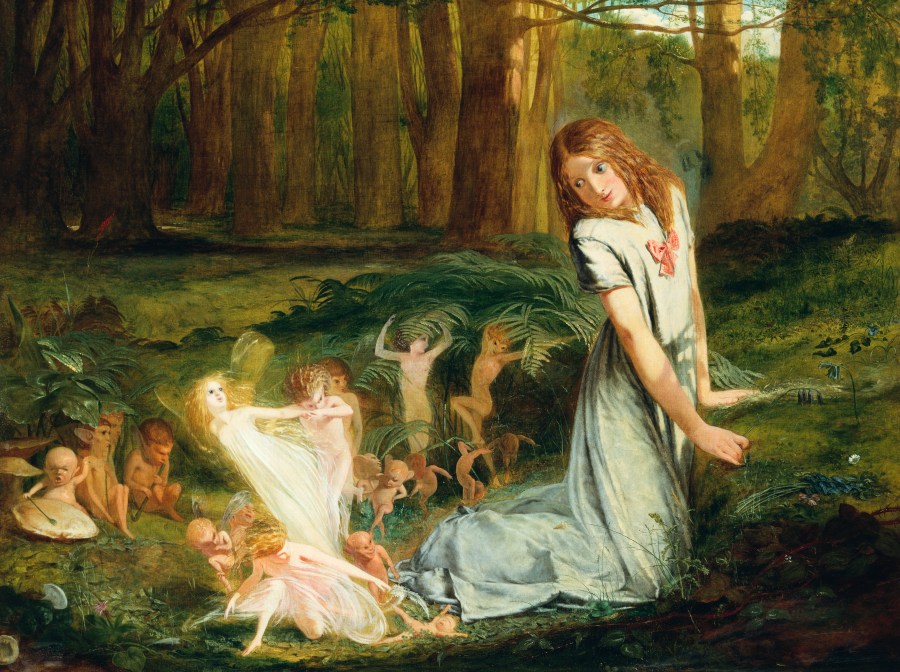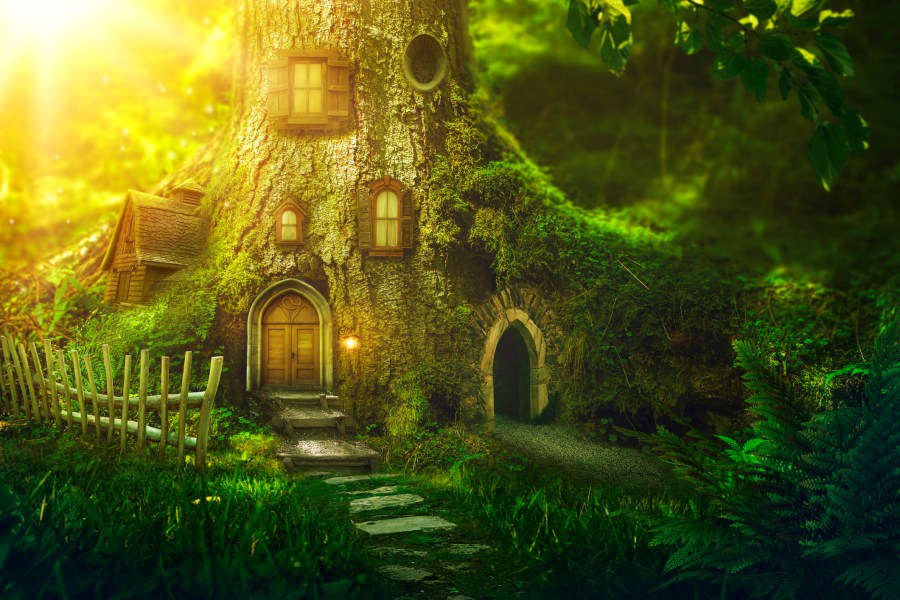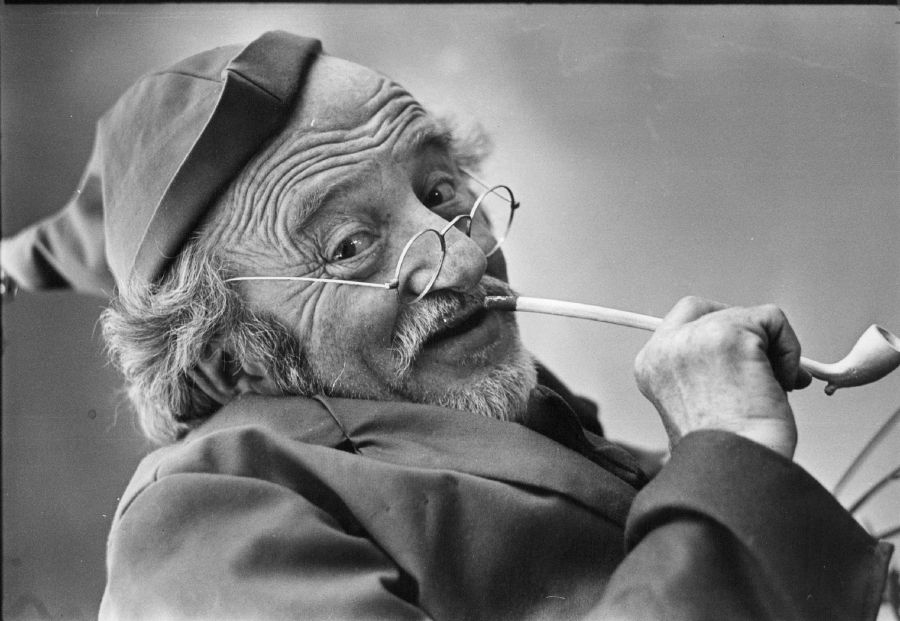Easy 1 Bowl Oatmeal Cookie Serious Eat

Irish leprechaun legends have become a staple of popular culture, from their little green outfits to the gold they insist on hiding at the end of rainbows. But what do we really know about these pint-sized tricksters? Where did leprechauns come from, and how do you catch one? Join us to look at the history of leprechaun folklore as we set out to learn more about everyone's favorite mythical Irish creatures.
The Origin and History of Leprechauns in Irish Mythology

Tales of leprechauns have been a part of traditional Irish folklore for centuries, and legend has it that their existence predates the arrival of the Celts. Standing at a wee 2 to 3 feet tall, these little green guys can survive for hundreds of years and are said to be members of an ancient supernatural race known as the Tuatha Dé Danann.
As legend has it, the Tuatha Dé Danann or "People of the Goddess Danu" were a god-like race who brought hidden knowledge and magic to Ireland in ancient times. They were also said to have arrived with four treasures, one from each of four mythical island cities.
Some say they arrived from heaven on a cloud of smoke. Others claim they arrived on a great fleet of 300 ships, which they then burned, thus explaining the huge cloud of smoke. More theories still say that they were castaways from Atlantis or even aliens.

The lack of evidence for leprechauns is easily explained by traditional Irish myths, many of which are recounted in the Lebor Gabála Érenn or "Book of Invasions." The book is a written collection of myths, poems, and oral folklore that was said to recount the "history" of Ireland.
According to the narrative, the Tuatha Dé Danann were ultimately defeated in battle by the arrival of the Milesians, the ancestors of the modern Irish people. According to the terms of a truce, the Milesians were allowed to continue living above ground, while the Tuatha Dé Danann would live underground.
Over time, the supernatural race began to shrivel and ultimately reverse-evolved into the Faerie folk or little people. At some point along the way, leprechauns became distinguishable from their magical fellows as solitary old men who were incredibly clever. They tend to prefer rural areas and make their homes in underground caves or the hollows of trees, well hidden from the eyes of men. Not only do they enjoy their solitude, but they're well aware that humans are always trying to catch them and force them to give up their treasure or grant wishes.
Traditional Leprechaun Diet and Occupation

While it's always tricky to nail down the diet of a mythological creature intent on evading scientific scrutiny, tradition tends to paint leprechauns as strict vegetarians. They like to stick to a diet of mushrooms, nuts, vegetables, and wildflowers, which they use instead of lettuce in their salads. They've also been known to down a few pints of Irish poitin and occasionally get a bad wrap as drunkards.
According to lore, however, they're actually quite an enterprising people. In his book Irish Fairies and Folk Tales, famed Irish author W.B. Yeats had this to say about fairy folk in general,
"Their chief occupations are feasting, fighting, and making love, and playing the most beautiful music. They have only one industrious person amongst them, the lepra-caun—the shoemaker."
Leprechauns have always enjoyed a reputation as renowned cobblers and shoemakers. Some even speculate that their name comes from the old Irish term "leath bhrógan," which means "shoemaker." Why the fondness for crafting shoes? According to Yeats, leprechauns and the fae in general are so fond of dancing that they're constantly in need of new shoes.
How to Catch a Leprechaun

Leprechauns are sort of like the Irish equivalent of genies, only without the bottles. Even if you're lucky enough to come across one of the mythical green men, how to actually capture it is likely to present another problem altogether.
Your best bet is possibly going with a trap, using coins or other shiny options to attract the leprechaun's attention. Want to give it a shot? Luckily, the internet is full of clever tricks and tips on building a leprechaun trap. Make sure you also dress in green because tradition states that wearing the color can make you invisible to leprechauns.
Should you manage to catch your quarry, be careful not to let him out of your sight. Wiley leprechauns are able to escape capture easily due to their tiny size.
As for what happens next, the temperament of leprechauns varies widely from tale to tale. Some say that they may grant you wishes or lead you to their pot of gold when cornered. Others warn that they lure in greedy humans on purpose with such bait, only to reward their captors with trickery or bad fortune. Leprechaun curses tend to come in the form of spoilt milk or being forced to only speak backwards. Stay on guard, and don't let it happen to you.
Traditional Leprechaun Trickery and Antics

Leprechauns are nothing if not clever, leaving many to believe they're best left alone. Few leprechaun legends end well, even for those who have managed to catch one. According to one famous legend, a young man was once lucky enough to catch one of the tiny tricksters. The young man demanded to be taken to the spot where the leprechaun had hidden his pot of gold.
Upon arriving, the young man realized he didn't have a shovel, so he marked the spot with a stick and put his hat on top of it for good measure. But the next day, when he returned with a shovel, it was only to discover that he'd been outsmarted. The field where he had marked the spot was covered in sticks with old hats on them, as far as the eye could see.
As you can see, though leprechauns may be one of the world's most popular mythical creatures, it's usually best to enjoy their shenanigans through stories rather than firsthand.
Leprechauns eat different types of wildflowers, nuts, potatoes and mushrooms. They also enjoy fancy homemade beverages and on given occasions, they take dandelion tea. Since they live in a forest in Ireland, most of the leprechaun's diet is comprised of wild foods.
Leprechauns drink many kinds of beer and whisky especially when celebrating events such as St. Patrick's Day, the birth of children and weddings. Green beer and Guinness are some of their favorite beer brands. As a result of the nutrient-rich organic foods that they eat, leprechauns are estimated to live for over 300 years. They are rumored to live in invisible villages in the forest, caves and tree hollows. Leprechauns are extremely shy creatures, and they spend most of their lives collecting gold coins and guarding the treasure.
Leprechauns are red-haired, man-like creatures. They are believed to be about 24 inches tall. In Irish mythology, the leprechauns were once great warriors who were banished by an evil magician and his army after it conquered Ireland. After many years, the banished warriors emerged as the leprechauns. The word "leprechaun" is Gaelic for "shoemaker," and this explains why the leprechauns play the role of shoemakers in many Irish fairy tales.
Source: https://www.reference.com/world-view/leprechauns-eat-5a3892c330a0078?utm_content=params%3Ao%3D740005%26ad%3DdirN%26qo%3DserpIndex&ueid=a03c1086-e849-49c1-8912-077417ecdb0e
0 Response to "Easy 1 Bowl Oatmeal Cookie Serious Eat"
Post a Comment